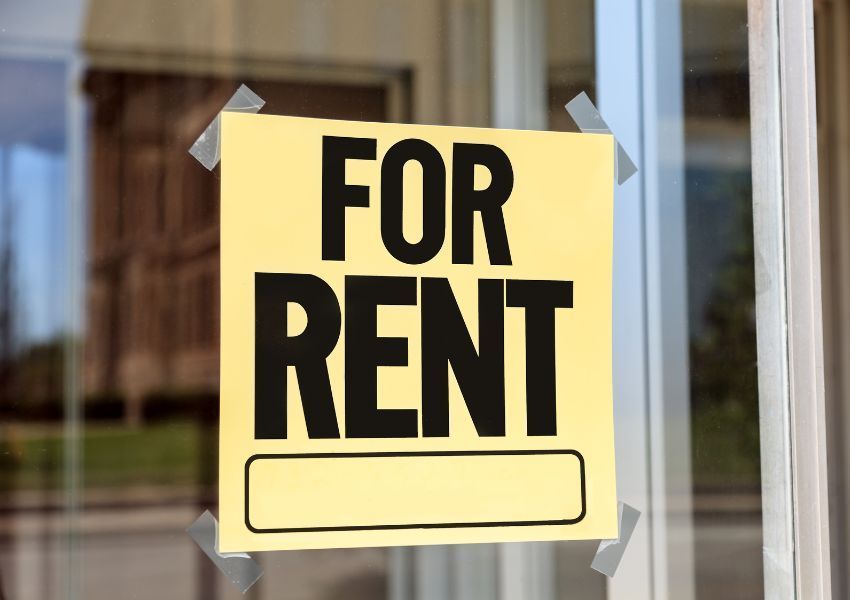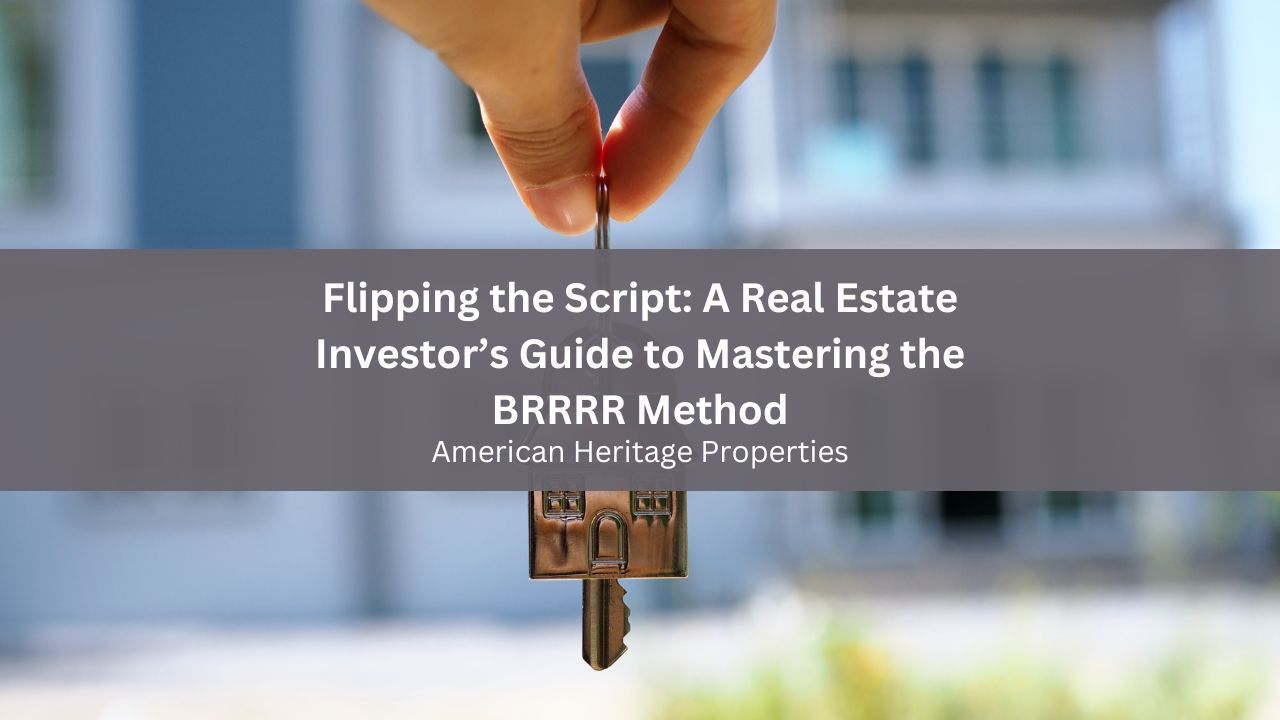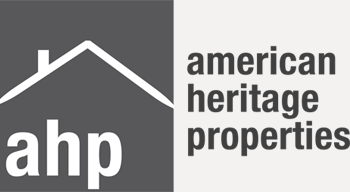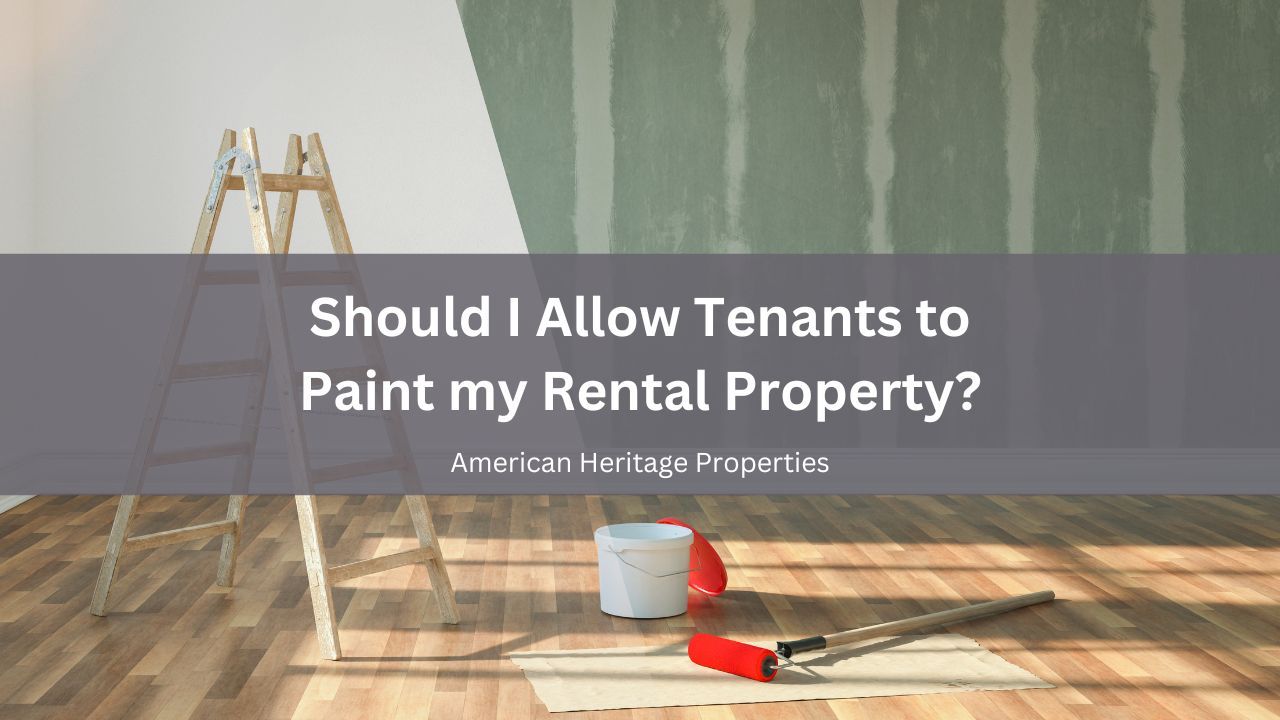Tips to Find Great Tenants For Your Rental Property

Key Takeaways
- Attract Tenants with Effective Marketing and Competitive Pricing – A well-maintained property, clear rental listings with high-quality photos, and a competitive rent price help attract responsible tenants.
- Thorough Tenant Screening Ensures Reliability – Conducting background checks, verifying income, and speaking with previous landlords help identify financially stable and responsible tenants.
Owning a rental property can be a great source of income, but finding reliable tenants is essential to maintaining profitability and reducing stress. A responsible tenant pays rent on time, takes care of the property, and follows the terms of the lease.
To ensure steady cash flow and protect the long-term value of the property, landlords must be proactive in finding and screening applicants. Choosing the right tenant minimizes turnover rates, lowers maintenance costs, and ensures a smooth rental experience. While it may seem daunting, following a clear strategy can simplify the process.
Our team at American Heritage Properties has put together some proven methods to help you find great tenants who are both responsible and financially stable!
5 Strategies for Attracting Tenants
A rental property is only as successful as the tenants who occupy it. Here are five ways to attract renters to your property:
1. Advertise Effectively
A well-written rental listing helps attract serious applicants. The listing should be clear, detailed, and include essential information such as rent price, square footages, and number of bedrooms and bathrooms. Landlords should also highlight key features such as parking, proximity to schools or public transportation, and recent upgrades. In addition to descriptions, you should include high-quality photos of the property’s interior and exterior to make the listing more appealing.

Listings should be placed on widely accessed advertising platforms, local community boards, and property management offices. A "For Rent" sign on the property can also help attract interest from local renters. Finally, word-of-mouth referrals from current tenants or acquaintances can also be a reliable way to find potential tenants.
2. Set a Competitive Rent Price
Overpricing a rental unit can lead to long vacancies, while underpricing may attract tenants who may not be financially stable. Researching the local rental market helps in determining a fair rent price. Landlords can also compare similar properties in the area to understand market trends.
3. Keep the Property Well-Maintained
A clean, well-maintained property attracts responsible tenants. Before showing the property, ensure that repairs are completed, appliances are in working order, and the unit is clean. Adding small upgrades, such as fresh paint or updated lighting, can also make the unit more appealing.
4. Offer Flexible Lease Terms
While long-term tenancies provide stability, offering flexible lease terms can attract a wider pool of tenants. Some renters may prefer a six-month lease, while others are looking for a year or more. If possible, landlords should consider allowing lease customization based on tenant needs while still protecting their own interests.
5. Conduct Open Houses and Private Showings
Hosting open houses or scheduling private showings allows potential tenants to see the property firsthand. This also provides an opportunity to interact with them and assess their level of interest and professionalism.

How to Choose the Best Tenants
To land the best quality tenants, landlords should:
Require a Rental Application
A rental application should collect essential information, including employment history, income, rental history, references, and personal details. This helps in evaluating a tenant’s background and financial capability.
Conduct a Credit Check
A credit report helps assess a tenant’s financial responsibility. A good credit score indicates they pay bills on time, while a low score may be a red flag. Various tenant screening services can provide these reports at an affordable cost.
Verify Employment and Income
A tenant should have a stable income to ensure they can afford rent. As a rule of thumb, their monthly income should be at least three times that of the monthly rent. Landlords should request recent pay stubs, tax returns, or employer verification letters to confirm financial stability.
Contact Previous Landlords
Speaking with previous landlords provides valuable insight into a tenant’s rental behavior. Based off their answers to your questions you can make a more informed decision about renting to the prospective tenant.
Evaluate Tenant Behavior During the Screening Process
A tenant’s behavior during the application process can be a good indicator of how they will act during their tenancy. Applicants who respond promptly, provide necessary documents without delay, and communicate respectfully are more likely to be responsible renters.

Require a Security Deposit and First Month’s Rent Upfront
A security deposit protects landlords from unpaid rent or property damage. Requiring first month’s rent and a deposit before move-in ensures that the tenant is financially prepared. State laws dictate the maximum deposit amount landlords can collect, so it’s important to check local regulations.
Have a Clear Lease Agreement
A well-written lease outlines tenant responsibilities, rent due dates, maintenance policies, and other important rules. It should clearly state late fees, pet policies, and move-out procedures. A thorough lease agreement helps prevent disputes and ensures both parties understand their obligations.
Bottom Line
Finding great tenants requires a combination of effective advertising, competitive pricing, and property upkeep. Screening applicants carefully through background checks, income verification, and rental history review also helps minimize risks and ensures a stable rental income. Taking these steps increases your chances of landing qualified tenants who will care for your property.
For landlords who want to simplify the rental process, American Heritage Properties provides professional property management services. From marketing and screening tenants to handling maintenance and rent collection, our team ensures your rental property operates smoothly. Contact us today to learn more about how we can help you find great tenants and protect your rental investment.
Share this post









